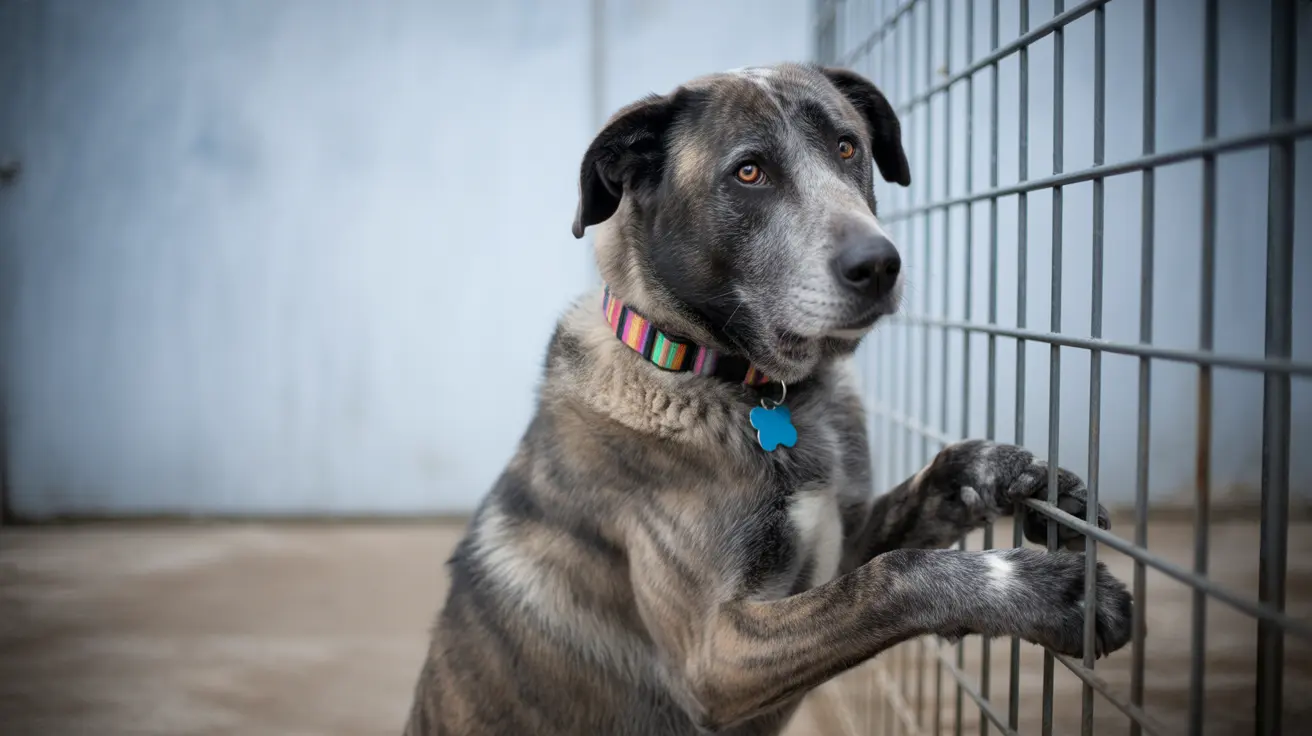Cat dandruff can be more than just an unsightly inconvenience – it's often a sign that your feline friend needs some extra care. Whether you've noticed white flakes in your cat's fur or during petting sessions, understanding how to get rid of cat dandruff effectively requires knowing its causes, symptoms, and proper treatment approaches.
In this comprehensive guide, we'll explore proven methods to eliminate cat dandruff, identify underlying causes, and implement long-term solutions for maintaining your cat's skin health.
Understanding Cat Dandruff: Causes and Symptoms
Cat dandruff occurs when dead skin cells accumulate and become visible as white flakes in your cat's fur. Several factors can contribute to this condition:
Primary Causes
- Low humidity environments
- Poor nutrition or dietary deficiencies
- Inadequate grooming habits
- Underlying health conditions
- Parasitic infections
- Allergies or skin sensitivities
Common Symptoms
- Visible white flakes in the fur
- Dry, irritated skin
- Excessive scratching
- Changes in grooming behavior
- Redness or inflammation
- Greasy or oily patches on the skin
Effective Treatment Strategies for Cat Dandruff
Improve Grooming Routine
Regular brushing is essential for managing cat dandruff. Use a soft-bristled brush or specialized grooming tool to remove loose skin cells and distribute natural oils throughout your cat's coat. Aim for daily brushing sessions, especially for long-haired breeds or cats with mobility issues.
Environmental Modifications
Create a skin-friendly environment by maintaining proper humidity levels (30-50%) in your home. Consider using a humidifier during dry seasons or in air-conditioned spaces. Ensure your cat has access to fresh water and comfortable areas away from direct heat sources.
Dietary Adjustments
Enhance your cat's diet with:
- High-quality protein sources
- Omega-3 and omega-6 fatty acids
- Essential vitamins and minerals
- Adequate hydration through wet food or water fountains
When to Seek Veterinary Care
While many cases of cat dandruff can be managed at home, certain situations require professional attention:
- Persistent dandruff despite home treatment
- Severe itching or skin irritation
- Hair loss or bald patches
- Signs of infection or skin lesions
- Changes in behavior or appetite
- Concurrent health issues
Prevention and Long-term Management
Maintaining healthy skin and preventing dandruff requires ongoing attention to:
- Regular grooming schedule
- Balanced nutrition
- Proper hydration
- Stress reduction
- Weight management
- Environmental humidity control
Frequently Asked Questions
How do I get rid of cat dandruff naturally at home?
Natural remedies include regular brushing, maintaining proper humidity levels, ensuring adequate hydration, and using pet-safe moisturizing products. Coconut oil can be safely applied in small amounts, but consult your veterinarian first.
What are the common causes of dandruff in cats and how can I identify them?
Common causes include dry air, poor nutrition, inadequate grooming, allergies, and underlying health conditions. Look for patterns in when dandruff appears, accompanying symptoms, and any recent changes in environment or routine.
Can cat dandruff be treated with diet changes, and what foods are recommended?
Yes, diet changes can help. Focus on high-quality cat food rich in omega-3 and omega-6 fatty acids. Fish oil supplements may be beneficial when recommended by a veterinarian. Ensure adequate protein and maintain proper hydration through wet food.
How often should I brush my cat to help reduce dandruff, and what tools are best?
Brush your cat daily using a soft-bristled brush or specialized grooming tool. For long-haired cats, use a combination of wide-toothed and fine-toothed combs. Keep sessions short and positive to maintain your cat's cooperation.
When should I consult a veterinarian about my cat's dandruff, and what tests might be needed?
Consult a veterinarian if dandruff persists despite home care, or if accompanied by excessive scratching, hair loss, or behavioral changes. Your vet may perform skin scraping tests, fungal cultures, or blood work to determine underlying causes.
Conclusion
Successfully treating cat dandruff often requires a multi-faceted approach combining proper grooming, environmental management, and appropriate nutrition. While many cases can be resolved with home care, don't hesitate to seek veterinary assistance for persistent or severe cases. With consistent care and attention to your cat's skin health, you can help maintain a healthy, dandruff-free coat.






